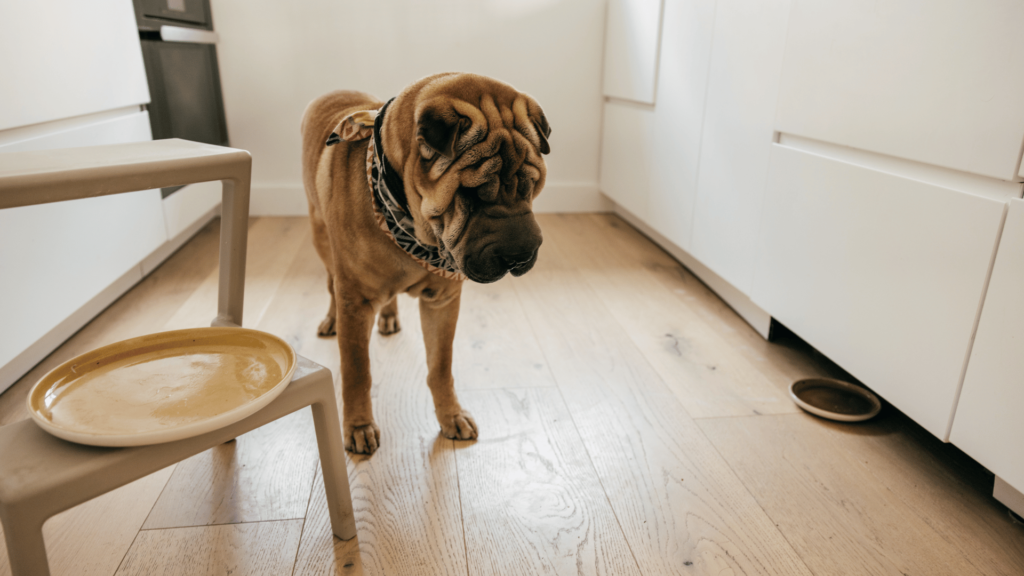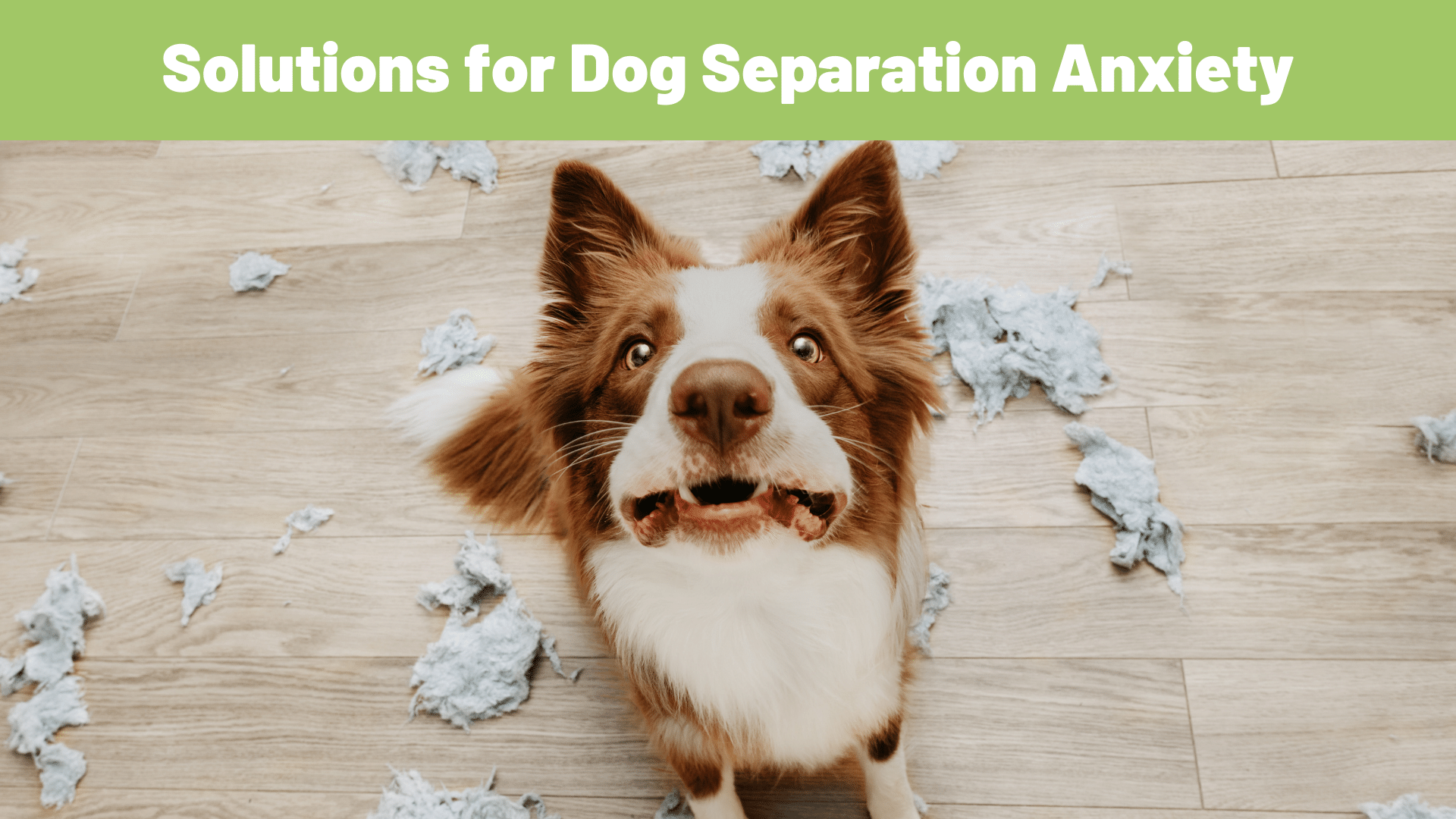Does your dog pace, whine, or bark excessively when you leave the house? If so, they may be suffering from separation anxiety. This common behavioral problem can be distressing for both dogs and their owners. But there is hope! With the right approach, you can help your dog overcome their anxiety and live a happier, more relaxed life.
What is Separation Anxiety?
Separation anxiety is a condition in which dogs become anxious or stressed when they are separated from their owners. This can happen when you leave for work, run errands, or even just go to the bathroom.
Symptoms of Separation Anxiety
While separation anxiety commonly manifests as pacing, whining, and barking, it can also lead to destructive behaviors like chewing, inappropriate elimination indoors, and even escape attempts, all driven by the underlying distress of being apart from loved ones.

Factors That Can Contribute to Separation Anxiety
While some may experience separation anxiety due to genetic predisposition or past experiences like abandonment, common triggers include disruptions to routine or limited social interaction. Fortunately, various treatment options exist to address this anxiety, helping individuals cope with and overcome their fear of separation.
Tips on How to Help Your Dog Overcome Separation Anxiety
Helping your dog overcome separation anxiety can be challenging, but with patience and consistency, it is possible. There are a number of things you can do to help your dog feel more comfortable when you are gone, such as desensitization and counterconditioning, exercise, crate training, and medication.
Desensitization and counterconditioning involve gradually teaching your dog that being alone is not a bad thing. You can start by leaving your dog for short periods of time and gradually increasing the duration as they become more comfortable. While you are gone, provide them with a special treat or toy to keep them occupied.
Exercise is also important for helping your dog cope with separation anxiety. A tired dog is a less anxious dog. Make sure your dog gets plenty of exercise every day, both physical and mental. This will help them to burn off energy and relax when you are gone.
Crate training can also provide your dog with a safe and secure place to feel comfortable when you are not home. Make sure the crate is large enough for your dog to stand up and turn around comfortably.
In some cases, medication may be necessary to help your dog manage their anxiety. Talk to your veterinarian about whether medication is right for your dog.

Additional Tips
When it comes to managing your dog’s separation anxiety, keep your goodbyes and hellos casual. Avoid grand displays of affection before leaving and exuberant greetings upon returning. This teaches your furry friend that your comings and goings are routine, not cause for distress. Offer calming scents like a recently worn shirt or a lavender diffuser to provide comfort during your absence.
Consider a pet sitter or dog walker for social interaction and exercise while you’re away. Remember, with consistent effort and positive reinforcement, you can help your dog conquer separation anxiety and enjoy a more peaceful life together.
If you are concerned that your dog may be suffering from separation anxiety, talk to a certified animal behaviorist. They can help you develop a treatment plan that is right for your dog.
I hope this blog article has been helpful. Please let me know if you have any questions. Get updated knowledge on how to feed raw, discounts, coupons, and holistic rearing at www.RawOrigins.pet.

